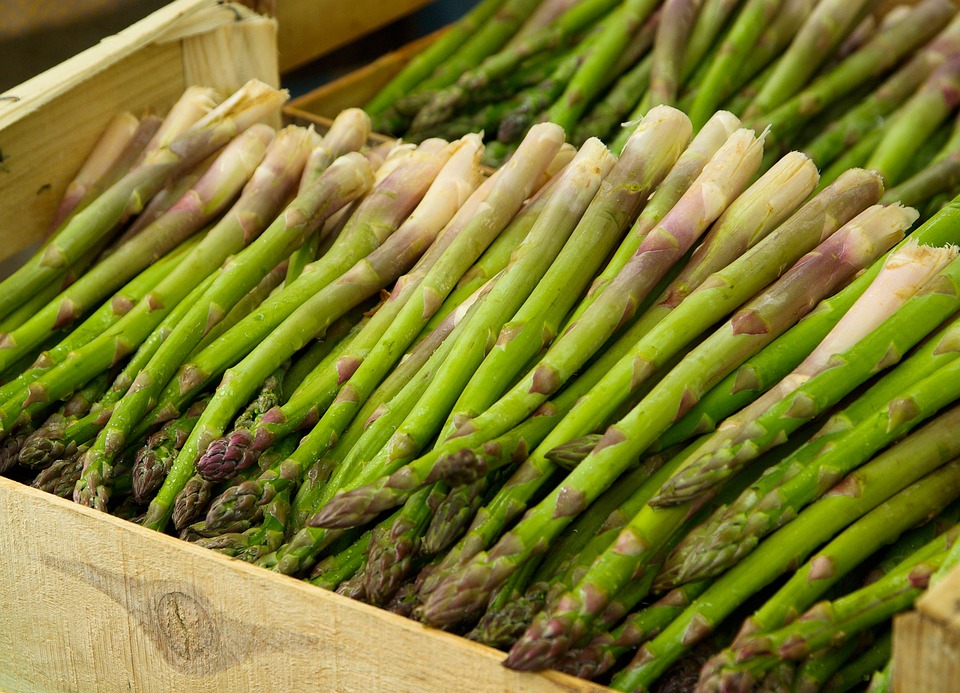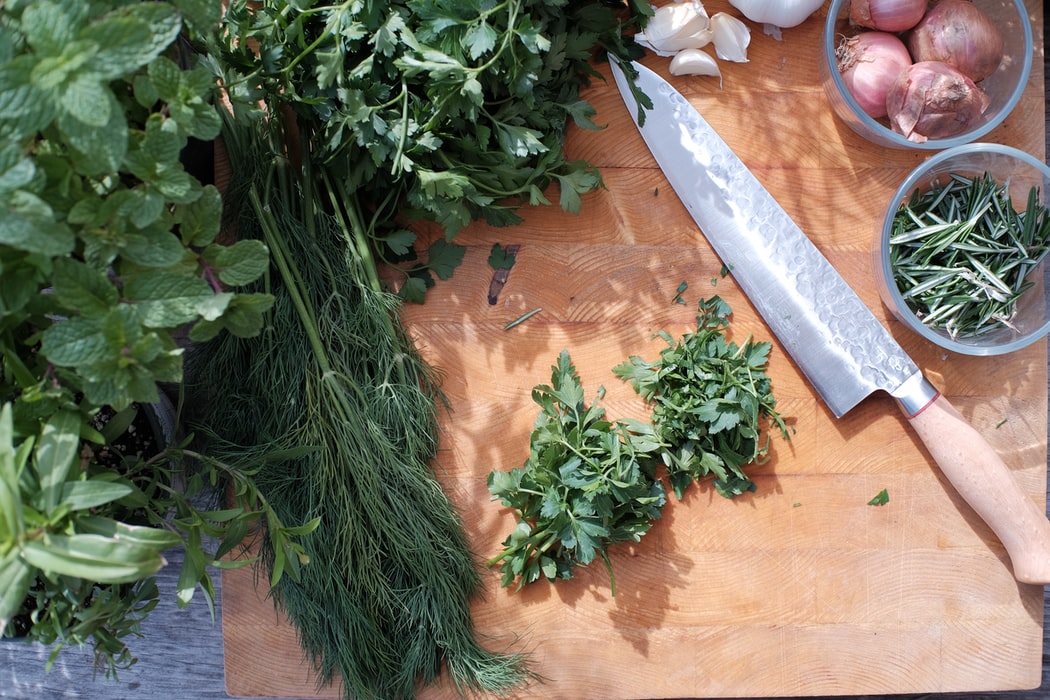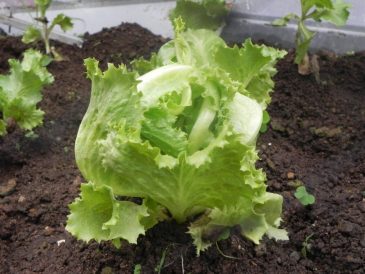Asparagus (Asparagus Officinalis) is a perennial plant that has lived for many years. It can grow to over a meter high, sometimes a meter and a half, and as wide as a meter in some conditions. There are several different types of asparagus available for sale, but the requirements for cultivation are very similar. The most commonly grown are Asparagus densiflorus and Asparagus setaceus. Less well known but equally attractive, are the older strains of Asparagus pyramidalis and falcatus, for example.
Preparation
Growing asparagus requires patience and a long preparation period. It is best to sow the seeds indoors in the spring (early March). Asparagus seeds are about 3 mm in size, so sowing them is very easy. Fill the seedling box with about 10 cm of soil, leaving a few cm between the plants to allow them to grow well.
After a week or two, the seedlings will have already germinated, and after ±4 weeks, they will be about 20 cm long and can be moved outdoors. Plant the asparagus seedlings in a small patch of ground outdoors.
Asparagus grows in the summer and dies in the winter. To finally enjoy home-grown asparagus, the roots of the asparagus must first be fully developed, which takes about two years.
During the two autumns and winters, the asparagus plants will retreat into the ground and sprout again in the spring.
Growing Asparagus
After about two years, when the roots are strong enough, you can prepare the bed to grow asparagus. Prepare the beds for asparagus in early spring, as soon as they are no longer frozen.
The method is as follows:
- Plant the roots flat in a newly made bed and cover it with plenty of soil.
- Make a pile on top of the bed with sandy soil (about 12 to 40 cm high).
- Flatten the top of the pile slightly, and the first stems will eventually emerge.
Light and Temperature
Growing asparagus requires lots of light and a comfortable temperature of 16 to 24 degrees Celsius since it worsens at different temperatures. It also needs light loamy, sandy soil, and enough fertilizer.
As such, light soils rich in organic matter would be best. In this soil, asparagus can come to the surface without much difficulty. It is also ideal if you can plant asparagus in a sunny spot in your vegetable garden. Thanks to the warmth, you will be able to enjoy your asparagus earlier. Of course, as in large-scale cultivation, you can also cover the asparagus with aluminum foil to maintain the temperature of the soil and speed up the growth of the asparagus.

How to Water Asparagus
Asparagus is not very tolerant of water, as it is produced in areas with little rainfall, and it prefers a dry environment rather than a wet one. Therefore, it is better to water it only in case of severe drought.
Harvesting Asparagus
In the third year, you can start harvesting asparagus in April, May, and June. Then the young plants will have time to recover from the harvest, produce leaves, recover and absorb nutrients for the following year.
The first harvest is never large. This is partly because it is the first harvest, and the asparagus seedlings are not yet fully grown.
Harvesting asparagus is not that difficult. Remove the sand from around the cracks and the head of the asparagus so that the asparagus is exposed. Then grab the tops and cut the asparagus as low as possible. Then fill the hole again and let the plant rest and prepare for the New Year’s harvest.
Have you ever tried growing asparagus? Let us know in the comments below!





